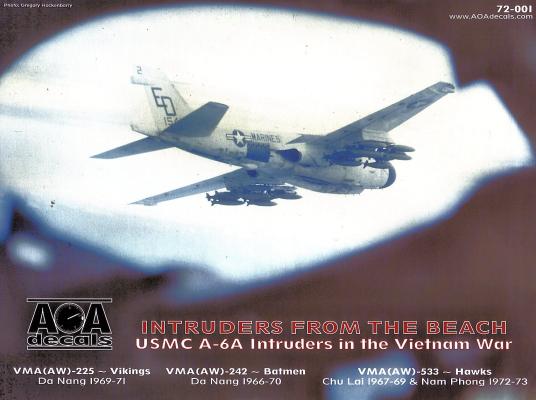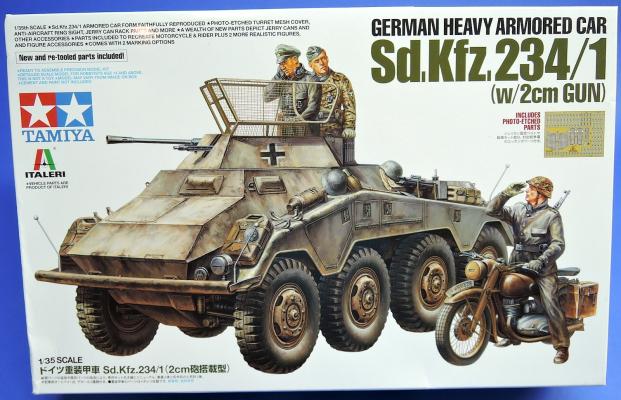Tamiya’s Separate Track Link Set is a direct replacement for the vinyl tracks supplied in their new kit of the Panther Auf. D. Although the kit tracks are really quite nice in terms of detail and are glue-able with standard modeling adhesives, the separate track links feature open teeth and really permit adjusting the sag over the wheels that are such a distinctive feature of the Panther tank.
Welcome to the IPMS/USA Reviews site!
Introduction: The primary organization of the IPMS/USA Review website is by IPMS/USA National Contest Class. Within each Class there are sub-menus by kits, decals, books, etc. The Miscellaneous Class is for items that are not class specific or that cross two or more classes.
IPMS/USA Members: We encourage you to submit reviews, both here and to the Journal. To volunteer for membership in the IPMS/USA "Reviewers Corps" and submit your own reviews, please read the Guidelines For Submitting Product Reviews.
Manufacturers, publishers, and other industry members: IPMS/USA is pleased to offer your company the opportunity for product reviews. All product reviews are performed by IPMS/USA members, and are posted in the publicly-accessible section of our website. With very few exceptions, we perform full build reviews of new kit releases, aftermarket products, and supplies. If you would care to provide product samples for review, please contact John Noack, IPMS/USA 1st VP.
To learn more about IPMS/USA, please see our About Us page.
The Ship
The Kongo class of battlecruisers was Japan’s attempt to acquire or build their first super-dreadnaughts. Designed by the British, the Kongo herself was launched from the Vickers shipyard in 1912, the last major vessel of the Japanese Navy built in a foreign yard. She underwent major reconstructions from 1929-1931 and again from 1935-1938, the last time so much so that she was reclassified as a fast battleship. During the Pacific War, she participated in early South Seas operations off Malaya and the Philippines. Her class’s high speed made them ideal carrier escorts, and Kongo served that function during the IJN’s Indian Ocean carrier sweep, the Midway operation and the action off Santa Cruz.
Osprey is a publishing house in the United Kingdom that should be familiar to most modelers, historians, and military history buffs. Osprey continues to expand their product line and one of their newest series is combat. The books examine the relative strengths and weaknesses of two adversaries across the historical timeline, from ancient empires to modern conflicts. This particular volume turns its attention to the Vietnam War. Rather than examine the entire conflict, this volume examines the critical years of 1967-68, through the eyes of the United States Marines and the North Vietnamese Army.
As with all Osprey series, regardless of the topic, they follow a particular format. For the combat series, the chapters are organized as follows:
AOA Decals has released its first 1/72 scale sheet which is a scaled down version in many ways of the 1/32 scale sheet. AOA indicates that the reason the company formed was to fill the large void in decal coverage of Marine Corps Intruder accomplishments during the Vietnam War.
There are a couple things that hit you when you first open the package. First, the number of options is staggering - 64 marking options of 45 different aircraft. These include:
This is a nice kit that is fairly simple to build, yet ends up with a model with good detail. The 3 additional figures have the added benefit of creating a vignette right out of the box.
The kit is a rebox of the Italeri kit to which Tamiya has added three figures, motorcycle, weapons set, and an updated decal sheet. The main kit is the original Italeri issue on four light brown sprues. Tamiya has added three separate sprues for the German Infantry Equipment Set B, the three figures, and the motorcycle. There is also a small fret of parts B37 & B38 that apparently replace the original parts.
The Italeri sprues have good detail with minimal flash, but there are some mold seams. The dark yellow Tamiya sprues have a little better detail, also with minimal flash and a view mold seams. The photoetch fret includes some mesh grills and lots of straps and buckles.















